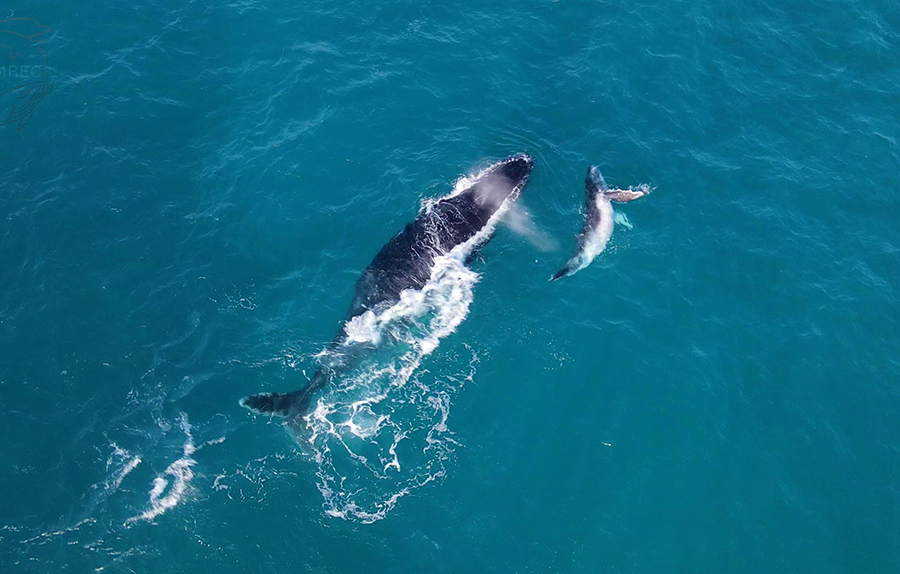Project Objective
To understand the distribution and connectivity of humpback dolphin in the Ungwana Bay Area
Citizen Science 2011 to current
In order to better understand the abundance and distribution of marine mammals in Kenya input is required from marine users whose opportunistic sightings throughout the coast have increased the number of species known to be found in Kenya from 8 in 1996 to 26 in 2023.
The importance and value of local people, including fishermen to provide information on location, species, numbers and behavior of animals, from restricted access areas has been recognized and a established with the KMMREC run, Kenya Marine Mammal Network. The KMMN established in 2011 comprising of non- government and government bodies provides a platform for consistent data for developing marine mammal conservation. This strategy has been undertaken in many countries throughout the world where either limited scientific research has taken place and/or to bolster data collection from a wider, often multinational area. The KMMN findings have proved to be highly successful contributing to the establishment of three accredited International Union for the Conservation of Nature (IUCN) Important Marine Mammal Areas and one pending Area of Interest. The KMMN efforts have been widely disseminated through out the world, at through the International Whaling Commission and the World Marine Mammal Conference.
The KMMN has demonstrated the value of dedicated and citizen science data to enhance marine mammal conservation strategies to boost awareness and eco-tourism bring the public and science closer together, promoting research and effective conservation efforts.
Submission of identification photographs of animals is encouraged, and participation on digital platforms such as Happy Whale which logs the position of individuals to match and monitor movements of populations especially the humpback whale.
The successes of the KMMN has given rise to a replication of the KMMN in Tanzania and Mozambique.
















